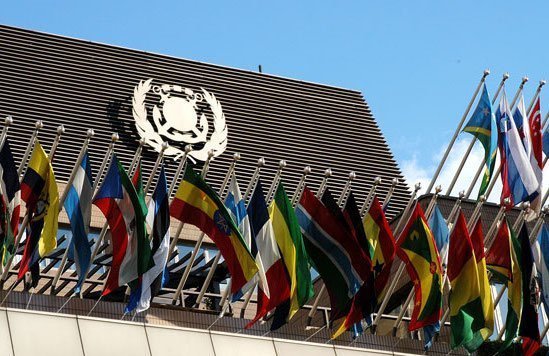Engine power limitation proposals suffer setback at IMO

In another tortuous week on shipping’s decarbonisation path at the headquarters of the International Maritime Organization (IMO) one key takeaway from the intercessional discussions on short-term measures to cut greenhouse gas emissions is that the calls to limit ship’s power have suffered a setback.
On the table for discussion this week were proposals to limit ship power, fuel consumption and ship speeds – all with strong and vocal backers.
A lunchtime presentation given on Wednesday by the International Council on Clean Transportation (ICCT) however has trashed the ship power backers, with one delegate in the room telling Splash that power limitation as a concept has now been “holed below the waterline”. Targeting power, rather than speed or real-world fuel consumption, is central to Japan and Norway’s EEXI proposal, and to BIMCO’s proposal.
The ICCT has carried out a large study on engine power limitations as a CO2-cutting measure. The preliminary findings created quite a stir at IMO when they were revealed on Wednesday.
Using the latest 2018 data on ship’s current engine power loads, in bulkers, tankers, and containerships, the analysis showed that the 20%-30% power limitation of the type discussed by Japan would have zero or negligible CO2 reduction, because ships are already operating at low load factors.
The average load factor for engines on oil tankers in the 80,000 dwt to 120,000 dwt range last year was 40% normal continuous rating (NCR).
For 3,000 to 5,000 teu containerships the annual average load factor last year was 30% NCR meaning these ships would need to get to 50% limitation to get low single digit CO2 reduction.
Bulk carriers ranging in size from 60,000 dwt to 100,000 dwt only achieve low single digit savings at 40% engine power limitation, the ICCT study showed.
Delegates were told that if engineers ramp up the limitation on main engine power much further to 60%, then it does cut CO2 by 6% to 17% for these ships, but this risked taking nominal engine power below minimum safe propulsion power requirements.
One country delegate attending the IMO talks this week told Splash: “Even engine power limitation’s most ardent supporters had no substantive objections to make to Wednesday’s analysis, which showed it simply doesn’t work very well at cutting CO2. Mandatory operational standards are the only way forward now, on either real-world efficiency or real-world speed, take your pick.”
The full and final results from the ICCT study will be published at next year’s Marine Environment Protection Committee (MEPC) gathering at IMO.
